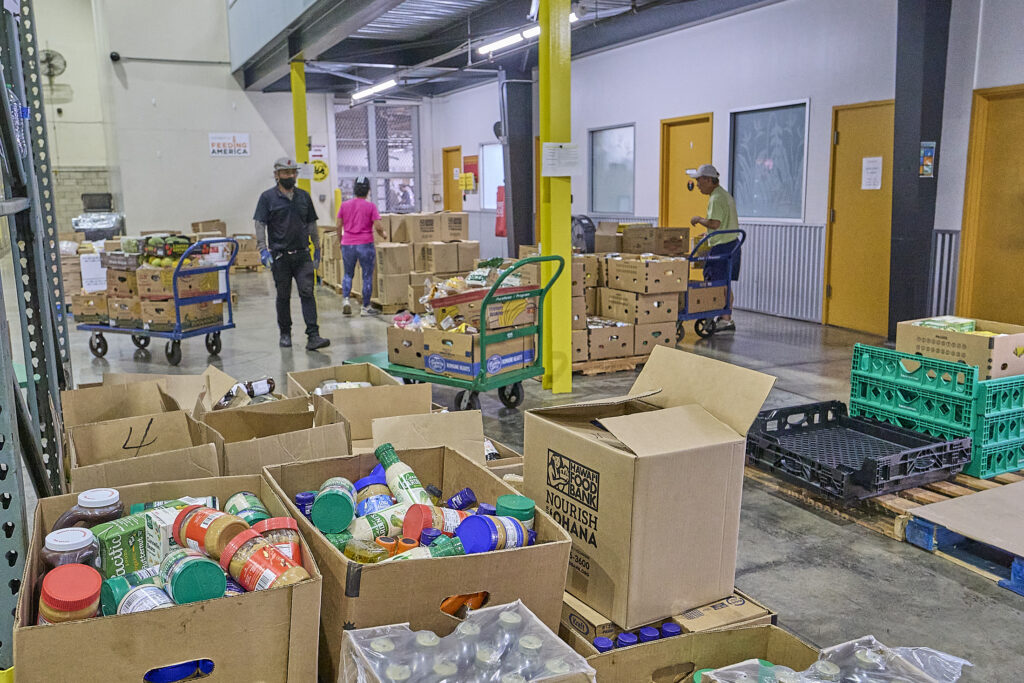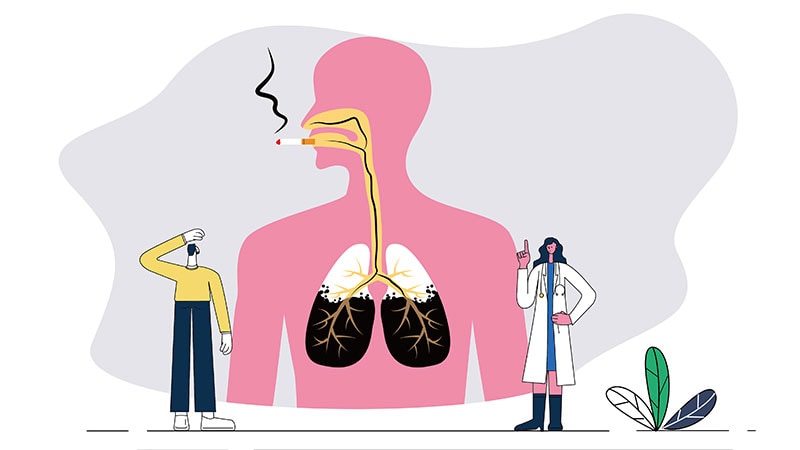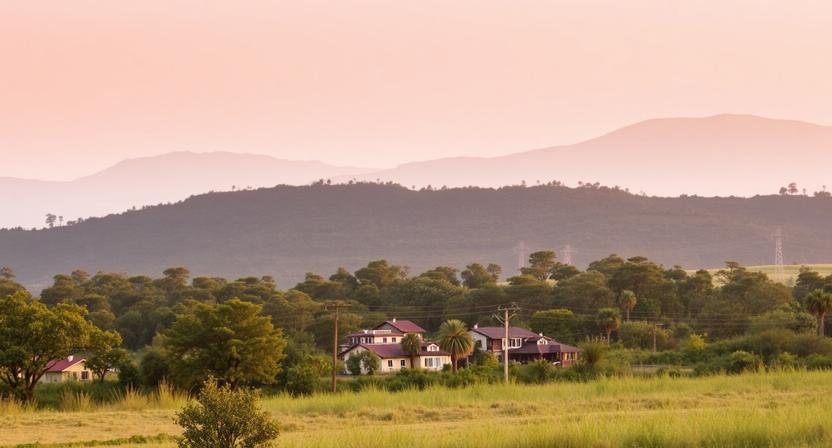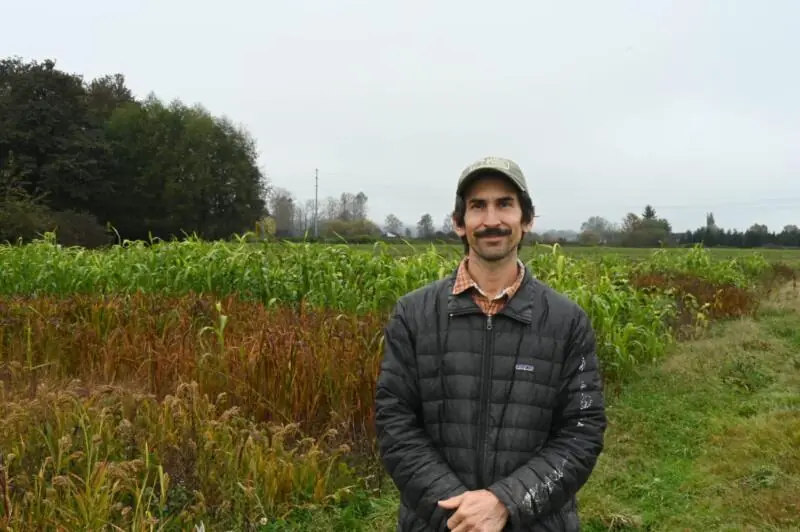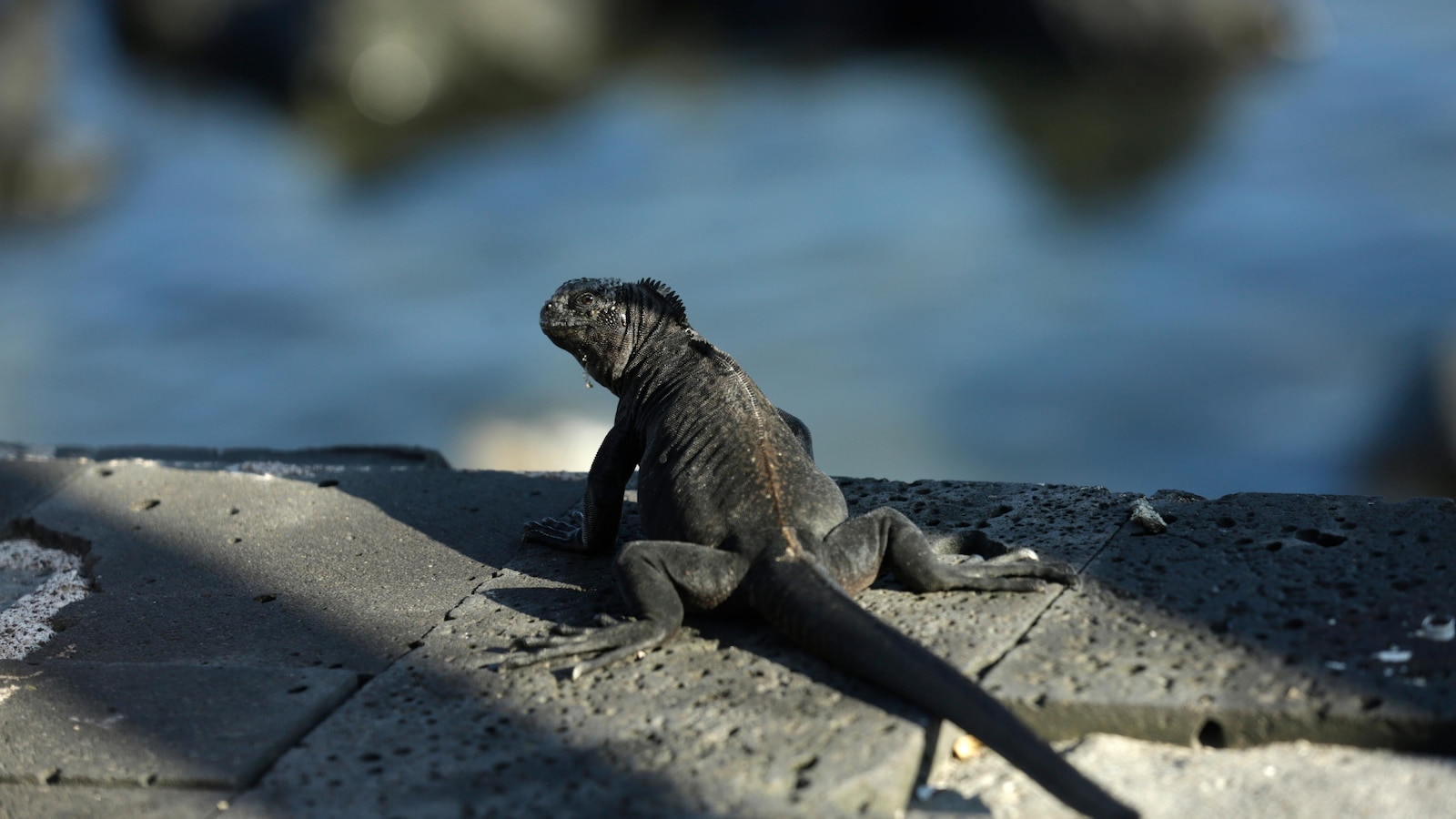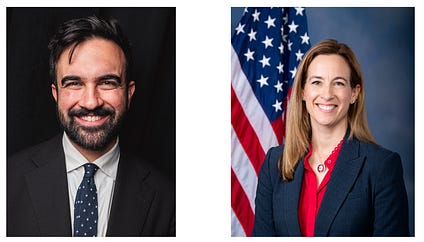Wild Mushroom Harvest Helps Keep Trees Standing in Mozambique
Conservationists collaborate with indigenous communities in Mozambique's Zambezia province to commercialize wild mushrooms like Eyukuli, harvested in the buffer zone of Gilé National Park. This initiative, supported by the French Development Agency, aims to protect forests, reduce tree cutting, and promote sustainable agriculture, benefiting both the environment and local communities.
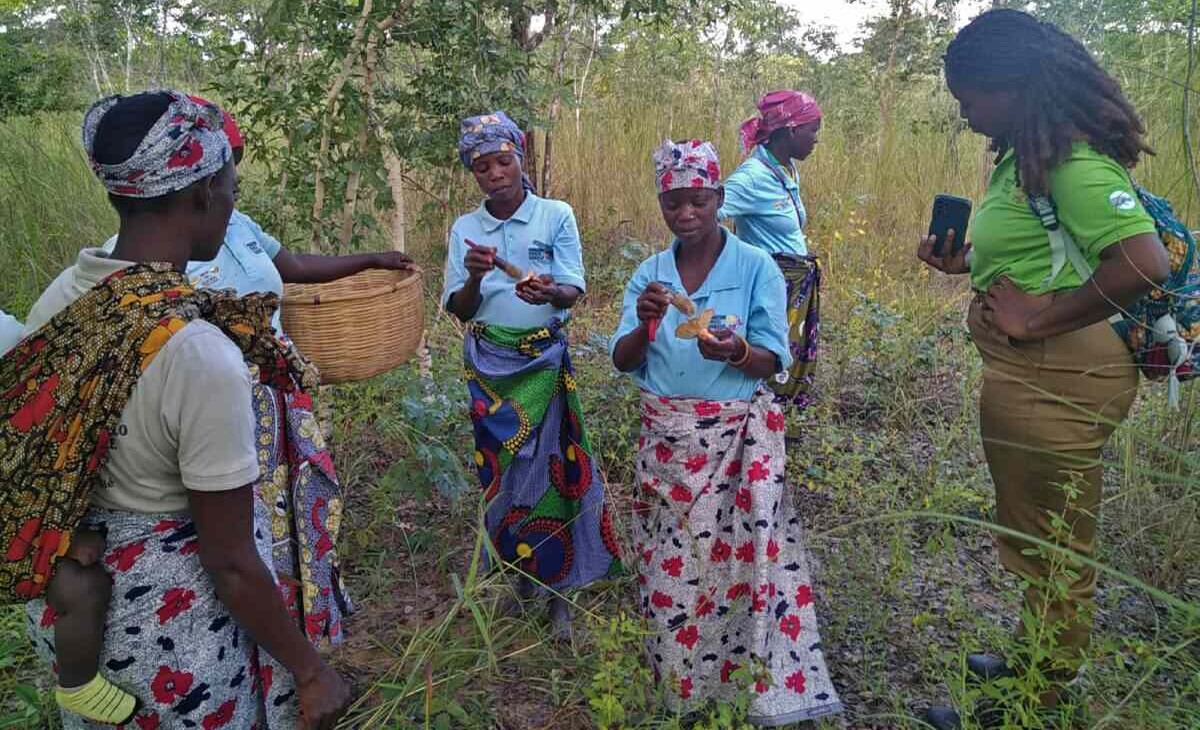
Lomwé and Macua communities in Mozambique’s Zambezia province traditionally harvest wild mushrooms to eat alongside staples like cassava. Conservationists are working with hundreds of indigenous women there to commercialize the sale of mushrooms like the vivid orange Eyukuli (Cantharellus platyphyllus) as part of a wider strategy to protect forests surrounding Gilé National Park.
The mushrooms are harvested in a 55,600-hectare (137,400-acre) buffer zone surrounding the national park during the height of the Southern African country’s wet season, from November to April. After harvesting, the fungi are cleaned, dried, and transported by road to Maputo, the capital, more than 2,000 kilometers (1,200 miles) away. There, they’re packaged and sold under the trade name Supa Mama.
This is the first time that native Mozambican mushrooms have been commercialized in the country.
Gilé covers an area of 286,100 hectares (707,000 acres), much of this covered in miombo woodlands that include tree species, like those from the Brachystegia genus, whose roots host mycorrhizal fungi. These underground networks help the trees absorb nutrients and moisture, and announce their presence in the form of diverse fruiting bodies above the ground: mushrooms.
Providing an economic incentive to protect the trees could be key to leaving them standing while promoting the wild mushroom harvest, says Alessandro Fusari, the Mozambique project manager for the François Sommer Foundation–International Foundation for Wildlife Management (FFS-IGF), an organization that co-manages Gilé with Mozambique’s National Administration of Conservation Areas (ANAC).
Communities living around Gilé harvest at least 46 species of mushroom for local consumption. These include eyukuli, the trumpet-shaped khaduve (Lactifluus edulis), and the broad-capped namapele (Lactarius densifolius). So far, a total of five species are being harvested and packed for commercial sale under the project.
“Slowly, the community, especially the women, are learning that keeping the trees standing means having a bigger production of mushrooms,” Fusari tells Mongabay. “Since they’re starting to see commercial results, more and more avoid cutting trees.”
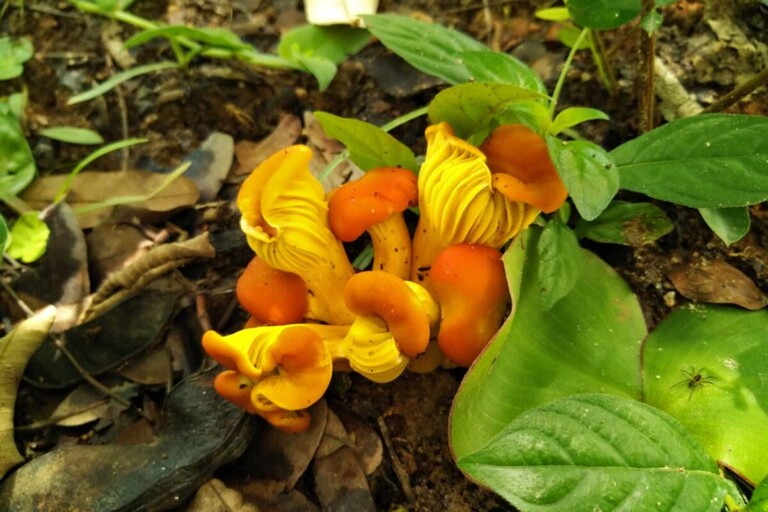
The project, which is supported by the French Development Agency, is in its third year, meaning the team doesn’t yet have the hard data to determine its success. But, Fusari says, the reduction in tree cutting “is a clear trend that is happening.”
Mushroom harvesting around Gilé is typically done by women while out doing other tasks, such as gathering firewood. The mushroom project works with 900 or so members of 30 women’s groups drawn from communities living in the national park’s buffer zone.
Gilé National Park is home to animals that include buffalo, wildebeest, sable, waterbuck, and around 50 elephants. Many of these animals were reintroduced from other areas to rebuild the wildlife wiped out during Mozambique’s 1977-1992 civil war.
The work is ongoing. The park will soon receive another 200 buffalo from Marromeu National Reserve, 350 km (217 mi) to the southwest, to bolster its current population of 150.
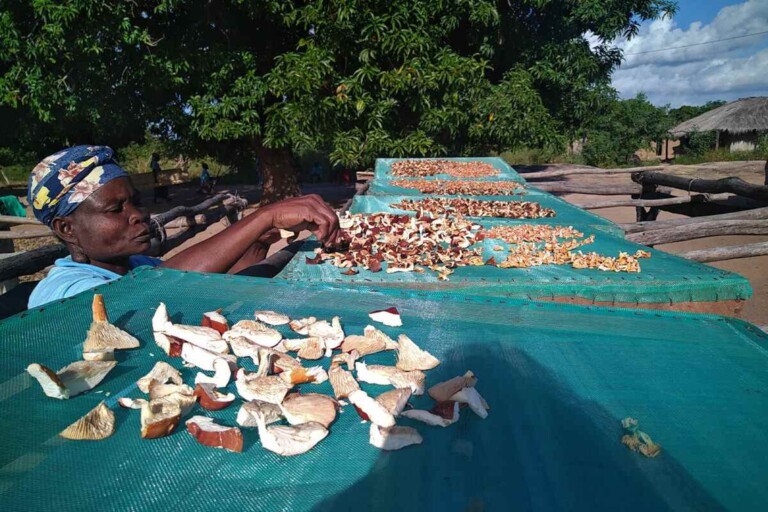
While the park’s intact miombo woodlands provide suitable habitat for these animals, shifting agriculture—with farmers working plots until the soil is exhausted, then abandoning them to clear new fields—in the buffer zone along its northern, eastern, and southern boundaries is devastating the trees.
Mushroom harvesting, even for commercial gain, won’t solve that problem alone, Roelens says. Mushrooms are seasonal, and yields can vary dramatically from one year to the next.
“Food security is based on agricultural production, and not on nontimber forest products,” he says.
But giving commercial value to something normally only collected for subsistence is part of a wider program to promote sustainable agriculture.
“That’s part of the strategy: to make the forest more valuable and preserved; it’s a key step in that direction,” Roelens says. Honey is also produced in the buffer zone, and FFS-IGF is piloting a project to raise an indigenous species of snail—the koropa (Achatina fulica)—for sale to local buyers.
The switch in status from partial game reserve to full national park does, however, affect the collection of non-timber forest products like these from across the landscape. When it was still a reserve, community members were allowed inside to harvest mushrooms and honey. Its designation as a national park means that, by law, the area is now out of bounds for anything but tourism and research.
Fusari says there may be a workaround.
His organization plans to have a new management plan for the park ready by year-end, which he hopes will reopen access.
“In this management plan, we will try to insert the possibility to use some nontimber forest products in a sustainable way in certain zones of the park,” he says.
The teams collecting mushrooms have already been trained in sustainable harvesting methods. For instance, they cut rather than pull the mushrooms from the ground, to avoid damaging the mycelium, or root-like structure, beneath the surface; they brush the dirt off the mushrooms wherever they pick them, to leave as many spores there as possible; and the women carry their harvest home in open baskets, to allow spore dispersal along the way.
Meanwhile, research is ongoing to determine the diversity of Gilé’s fungi, and to match local names with species recognized by science.
Nitidae is currently working to include Gilé’s edible mushrooms on an inventory of African tropical species curated by experts at Belgium’s Meise Botanic Garden. So far, 16 have been entered into the database—the first such records from Mozambique.
By Ryan Truscott.
What is Your Reaction?
 Like
0
Like
0
 Dislike
0
Dislike
0
 Love
0
Love
0
 Funny
0
Funny
0
 Angry
0
Angry
0
 Sad
0
Sad
0
 Wow
0
Wow
0


































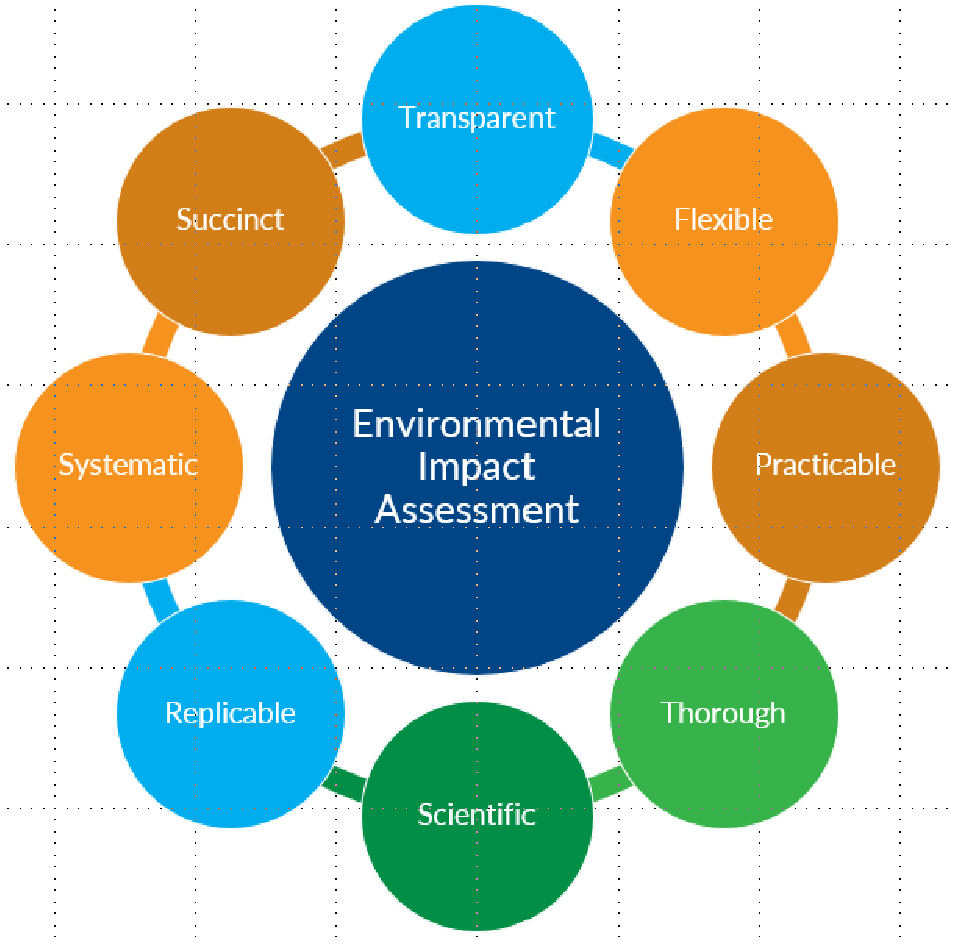








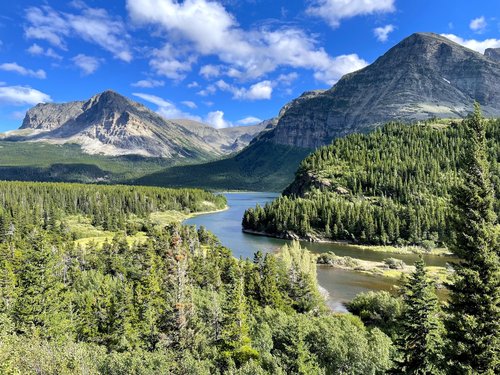







.jpg.webp?itok=0ZsAnae9#)


